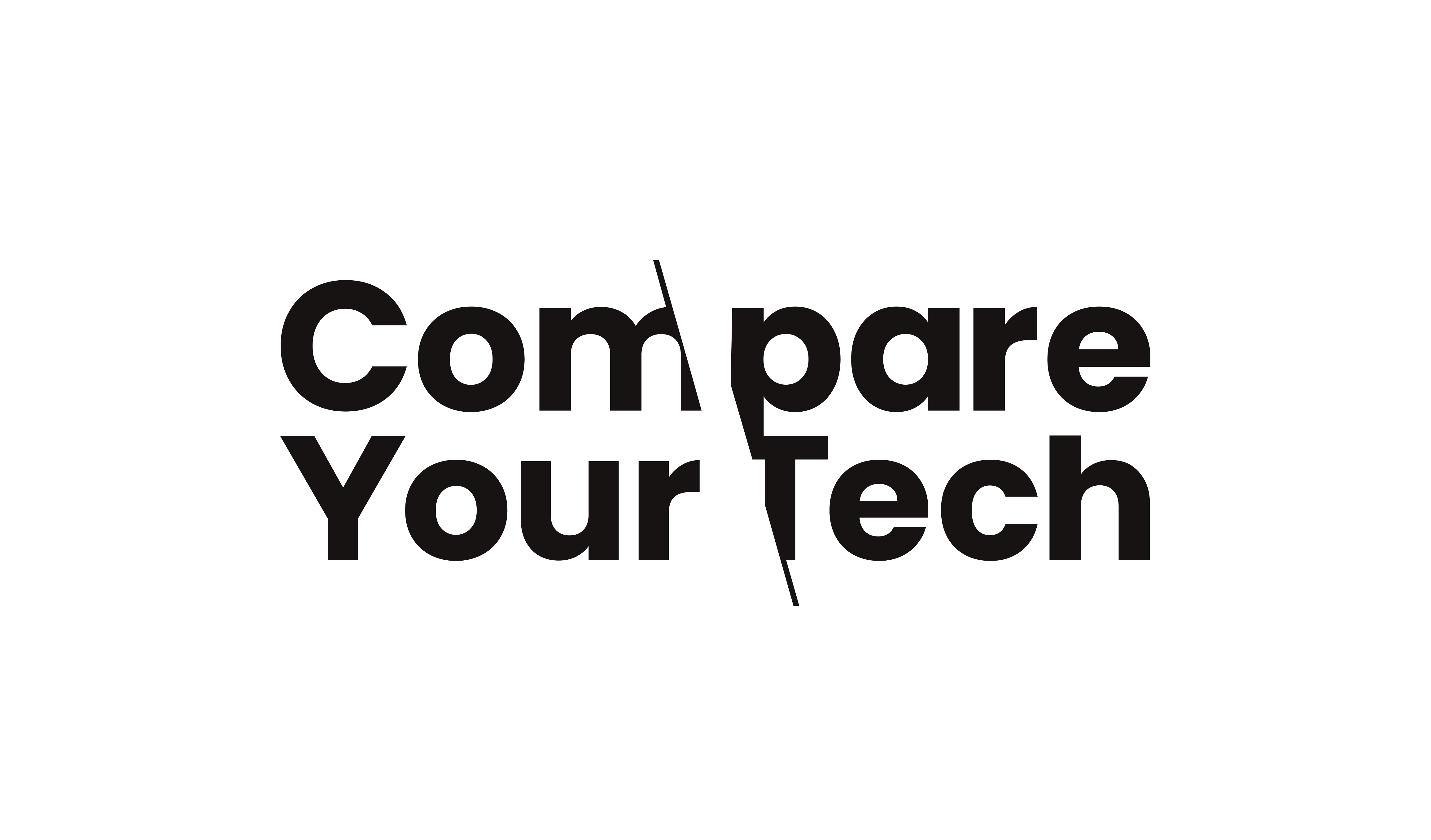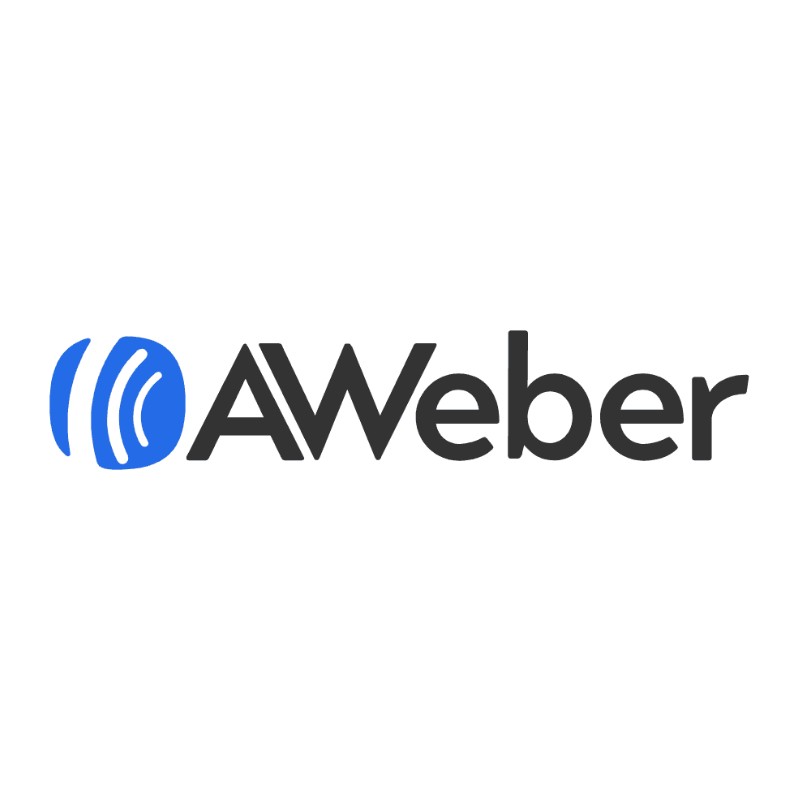FAQ'sFrequently Asked Questions about SYNTHIA Retrosynthesis Software
Who are SYNTHIA?
SYNTHIA is a software company that focuses on providing innovative solutions for retrosynthetic analysis in chemistry. Their platform leverages advanced algorithms and artificial intelligence to assist chemists in designing synthetic pathways for complex organic molecules.
What are SYNTHIAs products?
SYNTHIA offers a single product, the SYNTHIA Retrosynthesis Software, which is designed to facilitate retrosynthetic planning and streamline the synthesis process for chemists and researchers.
What services do SYNTHIA offer?
SYNTHIA primarily offers software services through its platform, including access to retrosynthesis tools, algorithm-driven analysis, and continuous updates to the software. They may also provide user support and training resources to enhance user experience.
What type of companies do SYNTHIAs products suit?
SYNTHIAs products are suitable for pharmaceutical companies, academic research institutions, and any organisation involved in organic chemistry and drug discovery that requires efficient retrosynthetic analysis.
How much does SYNTHIAs product cost?
The pricing for SYNTHIAs software is usually provided upon request and may vary based on the specific needs of the user or organisation. Interested users should contact SYNTHIA directly through their website for detailed pricing information.
Does SYNTHIA offer a free trial?
Yes, SYNTHIA typically offers a free trial of their software to allow potential users to evaluate the features and functionality before committing to a purchase. Details about the trial can be found on their website.
What discounts does SYNTHIA offer on their products?
SYNTHIA may offer discounts for educational institutions, bulk purchases, or during promotional periods. Specific discount information can be obtained by contacting their sales team directly.
Are there any hidden fees or additional costs with SYNTHIA?
There are no reported hidden fees associated with SYNTHIA’s software. However, users should review the terms of service for any potential additional costs related to upgrades or extended support.
Who uses SYNTHIAs products?
Users of SYNTHIAs products include chemists, researchers, and professionals in academia and industry who are engaged in organic synthesis and drug development.
What are the main features of SYNTHIAs products/services?
Main features of SYNTHIA include algorithm-based retrosynthetic analysis, user-friendly interface, extensive database of chemical reactions, and the ability to customise synthetic pathways based on user input.
How does SYNTHIA compare to its competitors?
SYNTHIA is noted for its advanced algorithms and user-friendly design compared to competitors. Users have reported that it offers a more intuitive experience and greater accuracy in retrosynthetic predictions, although comparisons may vary based on specific user needs.
Is SYNTHIAs platform easy to use?
Yes, SYNTHIA’s platform is designed to be user-friendly, with an intuitive interface that allows users to quickly navigate through its features and functionalities.
How easy is it to set up SYNTHIAs product or service?
Setting up SYNTHIAs software is straightforward, typically requiring only a simple installation process. Detailed installation instructions are provided for users to follow.
Is SYNTHIA reliable?
Yes, SYNTHIA is considered a reliable tool within the scientific community, with many users praising its accuracy and efficiency for retrosynthetic analysis.
Does SYNTHIA offer customer support?
Yes, SYNTHIA provides customer support services for users, including assistance with technical issues, software usage, and general inquiries.
How secure is SYNTHIA’s platform?
SYNTHIA employs industry-standard security measures to protect user data and ensure the safe use of their platform. Details on specific security protocols may be available on their website.
Does SYNTHIA integrate with other tools or platforms?
SYNTHIA may offer integration capabilities with other chemical databases and software tools. Users should consult the product documentation or customer support for specific integration options.
Can I use SYNTHIA on mobile devices?
Currently, SYNTHIA is primarily designed for desktop use. Users should check the website for any updates regarding mobile compatibility.
What do users say about SYNTHIA?
User feedback on SYNTHIA is generally positive, with many highlighting its effectiveness in improving workflow in retrosynthetic planning and its ease of use. Specific testimonials can be found on their website.
What are the pros and cons of SYNTHIA?
Pros include its advanced algorithm, user-friendly interface, and robust database. Cons may include limitations in mobile access and potential costs associated with licensing. Individual experiences may vary.
How can I purchase SYNTHIA’s services?
Interested users can purchase SYNTHIA’s services through their website, where they can request a quote or initiate a subscription process.
What is the cancellation or refund policy for SYNTHIA?
SYNTHIAs cancellation and refund policy is outlined on their website. Users should review these terms before making a purchase to understand the conditions that apply.
Who uses SYNTHIA?
Users of SYNTHIA include chemists and researchers in various fields, particularly those focused on organic synthesis and pharmaceutical development.
What are the common use cases for SYNTHIA?
Common use cases for SYNTHIA include designing synthetic pathways for complex molecules, evaluating multiple synthetic routes, and assisting in academic research projects.
Why choose SYNTHIA over other options?
SYNTHIA may be preferred for its advanced features, user-friendly interface, and strong support community, which can enhance the overall research and development process for chemists.
How easy is it to set up SYNTHIA?
Setting up SYNTHIA is generally straightforward, with clear installation instructions provided to guide users through the process.
Does SYNTHIA offer training or tutorials?
Yes, SYNTHIA offers training resources and tutorials to help users maximise their use of the software, which can be accessed via their website.
What languages does SYNTHIA support?
SYNTHIA primarily supports English; however, users should check the website for any updates regarding additional language support.
What problems does SYNTHIA solve?
SYNTHIA addresses challenges in retrosynthetic planning by providing efficient pathways, reducing the time and effort required to design synthetic routes, and improving accuracy in chemical synthesis.
Is SYNTHIA worth the investment?
Many users find SYNTHIA to be a valuable investment due to its ability to enhance productivity and accuracy in synthetic planning. Evaluation of its worth can depend on individual or organisational needs.






Leave a Reply
You must be logged in to post a comment.